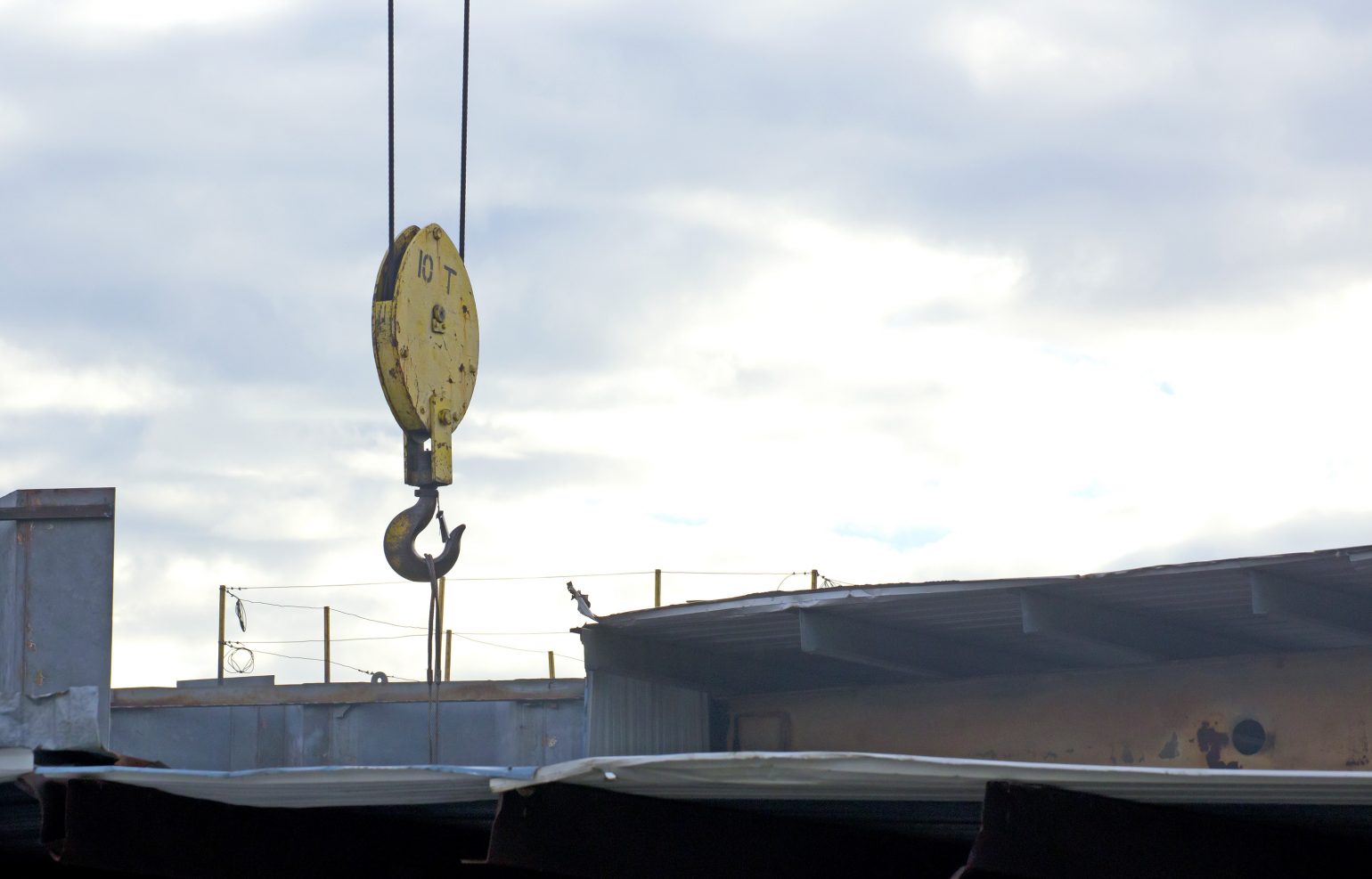Focus of the Month – Mobile and Overhead Cranes
Do your employees know what to do when an incident occurs with overhead cranes? At the very least, your operators should know since it was covered in their training. But how long has it been since they were trained? When were they last certified? According to OSHA, operator certifications are valid for 5 years; if you only require your operators to be compliant, 5 years is a long time to forget things that they learned in a few hours years ago. So even though your company and its crane operators may be OSHA compliant, there is more that you can do to guarantee the safety of your people.
Responding correctly when things go wrong
When overhead cranes are part of your operations, you have a duty to keep your people safe. You may be fortunate enough to have well-trained operators and have not had an incident in years. If this is the case, will they know what to do if an incident occurs? Will your other employees know how to respond so they do not expose themselves to unnecessary hazards? Let’s face it – there are many things that can go wrong when cranes are operated, far more than we could hope to cover in this one article. Instead, this article will focus on two hazards: mobile cranes contacting electrical powerlines, and swinging loads on overhead cranes.
Electrical contact and mobile cranes
Overhead powerlines create a serious hazard when mobile cranes are used. Operators should know how to respond to accidental contact with powerlines, since it is a required part of their training, but what about the employees working in the crane’s vicinity? They are exposed to potentially fatal hazards, but do they know what to do, and not do, when contact is made?
The most important thing to do when accidental contact occurs is to move to a safe clearance distance, at least 30 feet from where the machine is grounded. Simple enough, right? Well, there is a catch. When a crane touches an overhead powerline, electricity travels down the crane, and can electrically charge the ground in the surrounding area. Think of it like ripples in a pond, except that the ripples are invisible, and potentially lethal.
When moving to a safe distance, employees need to know that they should never walk or run. Electricity always travels from higher potential areas to lower potential areas using whatever route it can find. That means that when you walk away from the crane, your back foot will be in a higher potential area, and your front foot will be in a lower potential area; this will create an electrical current moving through your body, up your back leg, and down your front leg, as the electricity moves to ground.
What you need to do is to move while keeping your feet close together at all times, and to keep both feet on the ground at the same time. The best way to do this is with a quick shuffle of the feet, keeping them on the ground at all times and close together. Sure, you may not get away as quickly as you think you should, and you may feel a little silly doing it. Isn’t it more important to get out of the area safely, and uninjured though? If you need to get away faster, a different option is to hop away. You need to make sure that your feet are touching and leaving the ground at the same time though, so that you don’t become a conduit for the current. It’s easy to lose your balance and fall when hopping, though; if you do fall and catch yourself with your hands, you may create a new path for the electrical current from your feet to your hands, with that electricity passing through everything along the way. That would be bad; potentially fatal.
Swinging loads and overhead cranes
The operator should be skilled enough to prevent the load from swinging during normal operations. Something may happen outside the operator’s control, though, that starts the load swinging. When this happens, that load becomes a potentially lethal pendulum endangering everyone nearby.
Employees working near overhead cranes should understand the hazards of the loads being moved. This includes staying clear of situations where a load could pass over their heads and of areas within its fall radius zone. In addition to that, they should be taught to stay clear of a swinging load and not try to “help” the crane operator. Tragedies happen when people with good intentions put themselves in dangerous situations trying to help out.
Crane operators need to know how to regain control of a swinging load. This should be part of their operator training, but realistically, how long has it been since they completed that training? Operators should be prepared to move the crane to reduce the pivot point of the load swing. When the load is at the apex of its swing, move the crane in the same direction that the load was swinging. They may have to do this a few times depending on how far the load swings, and how much room they have to work with. When done correctly, the load should be stationary and under control relatively quickly.
If you want to make sure that your employees are safe when working near cranes, always think about what can go wrong.
Plan for it, and train your employees to act safely when it happens. Never think of workplace hazards as incidents that might happen; prepare for when those incidents will happen. Better to prepare for something that never happens, than be unprepared for something that does happen.







